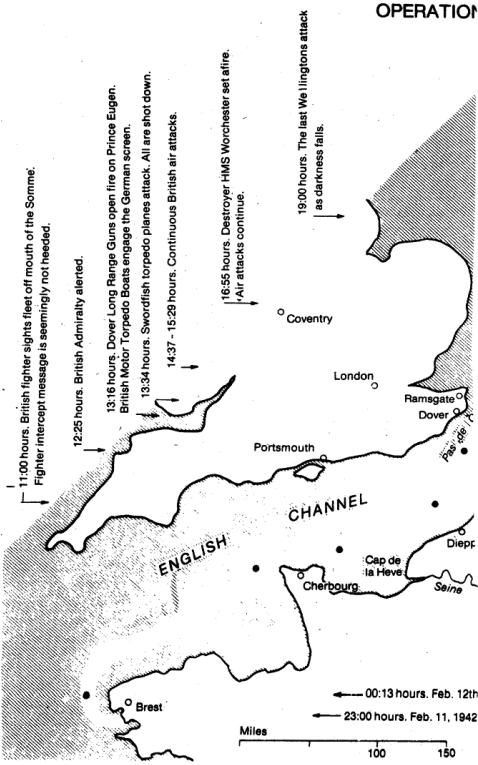John Deanne Potter
Breakout
THE BANTAM WAR BOOK SERIES
This series of books is about a world on fire.
The carefully chosen volumes in the Bantam War Book Series cover the full dramatic sweep of World War II. Many are eyewitness accounts by the men who fought in a global conflict as the world's future hung in the balance. Fighter pilots, tank commanders and infantry captains, among many others, recount exploits of individual courage. They present vivid portraits of brave men, true stories of gallantry, moving sagas of survival and stark tragedies of untimely death.
In 1933 Nazi Germany marched to become an empire that was to last a thousand years. In only twelve years that empire was destroyed, and ever since, the country has been bisected by her conquerors. Italy relinquished her colonial lands, as did Japan. These were the losers. The winners also lost the empires they had so painfully seized over the centuries. And one, Russia, lost over twenty million dead.
Those wartime 1940s were a simple, even a hopeful time. Hats came in only two colors, white and black, and after an initial battering the Allied nations started on a long and laborious march toward victory. It was a time when sane men believed the world would evolve into a decent place, but, as with all futures, there was no one then who could really forecast the world that we know now.
There are many ways to think about that war. It has always been hard to understand the motivations and braveries of Axis soldiers fighting to enslave and dominate their neighbors. Yet it is impossible to know the hammer without the anvil, and to comprehend ourselves we must know the people we once fought against.
Through these books we can discover what it was like to take part in the war that was a final experience for nearly fifty million human beings. In so doing we may discover the strength to make a world as good as the one contained in those dreams and aspirations once believed by heroic men. We must understand our past as an honor to those dead who can no longer choose. They exchanged their lives in a hope for this future that we now inhabit. Though the fight took place many years ago, each of us remains as a living part of it.
Acknowledgements
This book is based mainly on information supplied by survivors of the action, both British and German. It is impossible to thank them all, but those to whom I am most grateful for their help include:
Admiral Sir Mark Pizey, Captain Nigel Pumphrey, Commander Colin Coats, Commander Anthony Fanning, Commander Hugh Griffiths, Mark Arnold Forster, Douglas Ward, Ted Tong and Charles Hutchings.
I also wish to thank Rear-Admiral Peter Buckley and Miss Lindy Farrow of the Naval Historical Branch for their kind co-operation.
Edgar Lee, 'Mac' Samples, Charles Kingsmill and Donald Bunce. Also, Commander Mike Nicholas.
Air Commodore Constable-Roberts, Group Captain Tom Gleave, Group Captain Bobbie Oxspring, Gerald le Blount Kidd, Brian Kingcombe, Roger Frankland, Bill Igoe, Cowan Douglas-Stephenson, Norman Nicholas and Tom Betjeman.
For further help, especially with squadron reports, I am indebted to Eric Turner and Miss A. N. Marks of the Air Historical Branch.
Brigadier Cecil Whitfield Raw, Lieutenant-Colonel Stewart Montague Cleeve, Major Bill Corris, Mrs. Nora Edwards (nee Smith), Dennis Hagger, Albert Mister and Ernest Griggs.
On the German side, I am indebted to Admiral Gerhard Wagner, Admiral Karl Smidt, Vice-Admiral Kurt Caesar Hoffman, Vice-Admiral Helmufh Brinkmann, Captain Helmuth Giessler, Captain Hans Jurgen Reinicke, Captain Wilhelm Wolf, Captain Johann Hinrichs, Captain Erwin Liebhart, Commander Paul Schmalenbach, Professor Friedrich Ruge and Frau Ruth Fein, widow of Captain Otto Fein.
I also wish to thank Dr. Maierhofer and his staff of the German military archives at Freiburg, who produced so many documents, including those of the Fuhrer's conference.
I must acknowledge my debt to H.M.S.O. for the use of material held in Crown copyright, mainly material from the Bucknill Report (Command 6775).
These acknowledgements would not be complete without special mention of Cyril Morton for his German investigations and translations, and of Mrs. Patti Clapp, my secretary, for her immaculate typing and eagle-eyed enthusiasm.
Author's Note
The
Operation Thunderbolt Map


I
HITLER DECIDES
The two great grey ships appeared off the entrance to the French Atlantic port of Brest just after dawn. They were Germany's 32,000-ton battleships,
They had sailed from Kiel at the beginning of 1941. Evading the British Home Fleet based at Scapa Flow, they had broken through the Denmark Strait into the Atlantic. For the next two months like gigantic pirates they roamed the Atlantic shipping lanes sinking more than twenty ships totalling over 100,000 tons. It was the first — and last — successful foray by German battleships against Allied merchant shipping in the Second World War. Then in early March they seemed to disappear into Atlantic mists.
At 7 a.m. on 22 March 1941, as sullen French dock workers watched, they tied up at the quai Lannion in Brest. It was nearly a year since France had fallen and the French Naval base had been taken over by German dockyard workers from Wilhelmshaven. They had returned to Brest because they were badly in need of repairs. The

